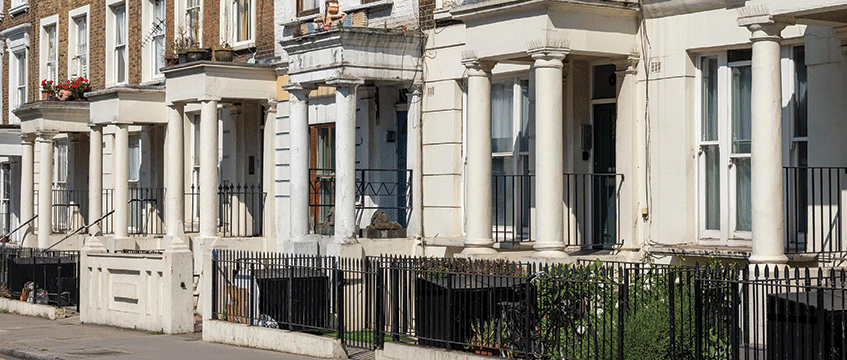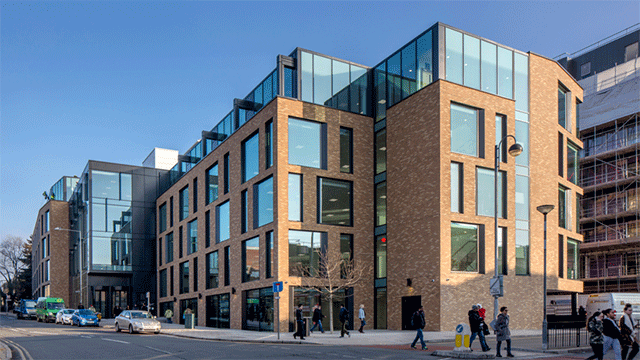London’s housing market is set to climb by 10% in the five years to 2023, slowing from a growth rate of 19.5% over the previous five years.
Boroughs in East London were found to be the highest performers for house price growth over the past five years, according to the latest research from CBRE, which analysed the capital’s 33 boroughs.
Barking and Dagenham topped the rankings after seeing 51% growth over the past five years. This was followed by Newham (49%), Waltham Forest (44%), Bexley (42%), Redbridge (41%) and Havering (40%).
On the other hand, house prices dipped by 2% in Hammersmith and Fulham during the same period, and fell by 1% in Kensington and Chelsea.
Jennet Siebrits, UK head of residential research, said: “Regeneration may have smoothed east London’s rough edges, but it also drew in new residents who helped embed its cool reputation – tech workers and creatives, and younger demographics drawn by lifestyle influences, and seeking competitive house prices and rents.”
Haringey recorded the largest increase over the past decade after prices soared by 123%.
This year the average house price in London stood at £460,000, although CBRE noted this masked a wide range across boroughs. Barking and Dagenham had the lowest average house price of £297,039, while Kensington and Chelsea has the highest average house price of £1,250,926.
Tower Hamlets had 10,171 units under construction, which represented a 15.9% majority of 64,000 across London.
Increasing demand for private rental housing, particularly central London, is also driving rental growth across the capital.
The City of London had the highest proportion (43%) of PRS households, compared with an average of 28% across the city. The number of private rental households grew by 83% over the past decade.
The data also examined each borough by demographics and lifestyle. Perhaps unsurprisingly, Westminster contained the largest number of shops (5,867), equating to 14.4% of London’s 40,707. It also had the highest number of cafes and restaurants (21.1%) and office space (20.6%).
Bromley had the highest number of railway stations – 26 of 330 in London (7.9%) – while Croydon had the highest number of DLR and Tramlink stations (31.6% of 79 in the city).
To send feedback, e-mail pui-guan.man@egi.co.uk or tweet @PuiGuanM or @estatesgazette











